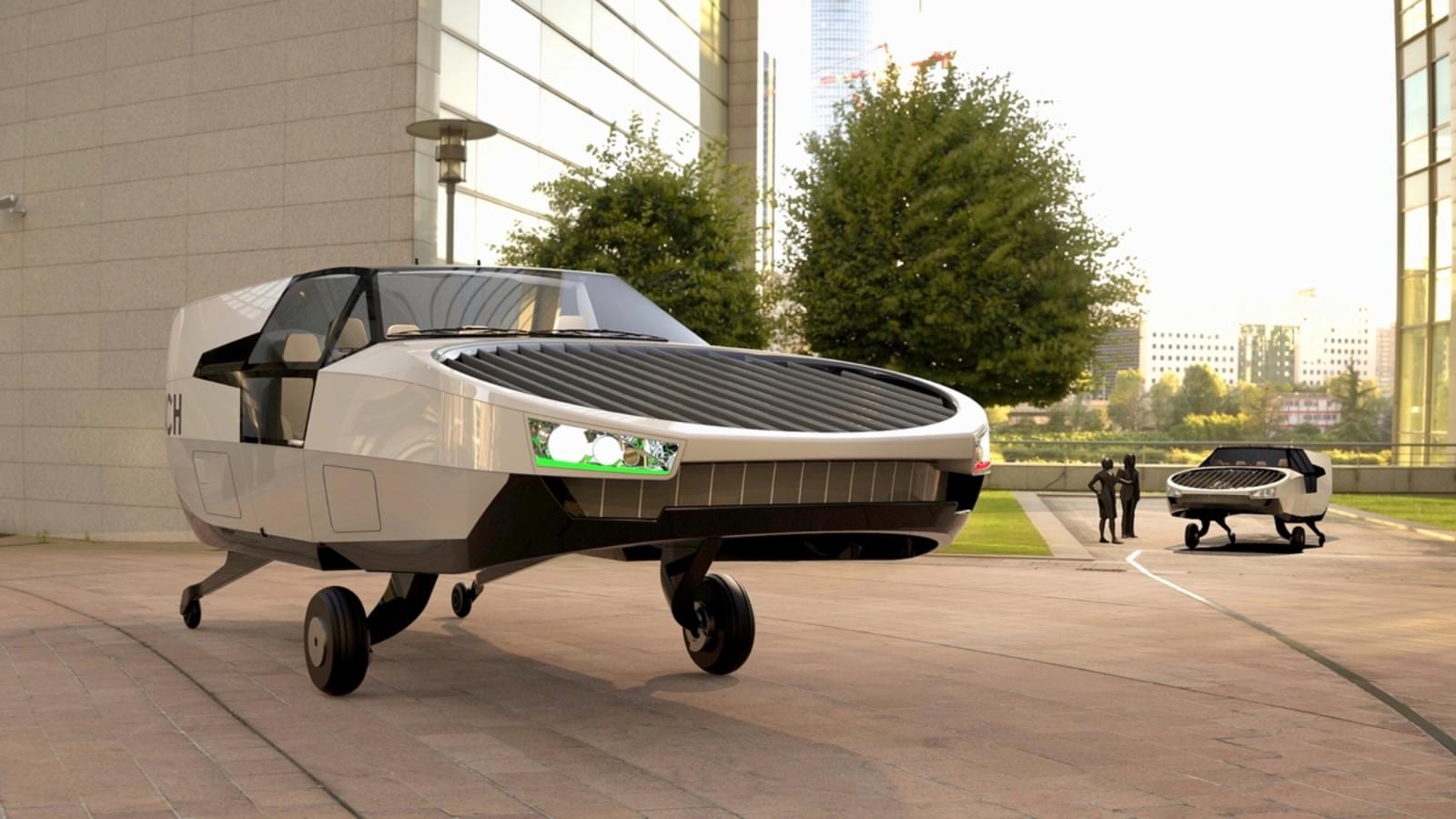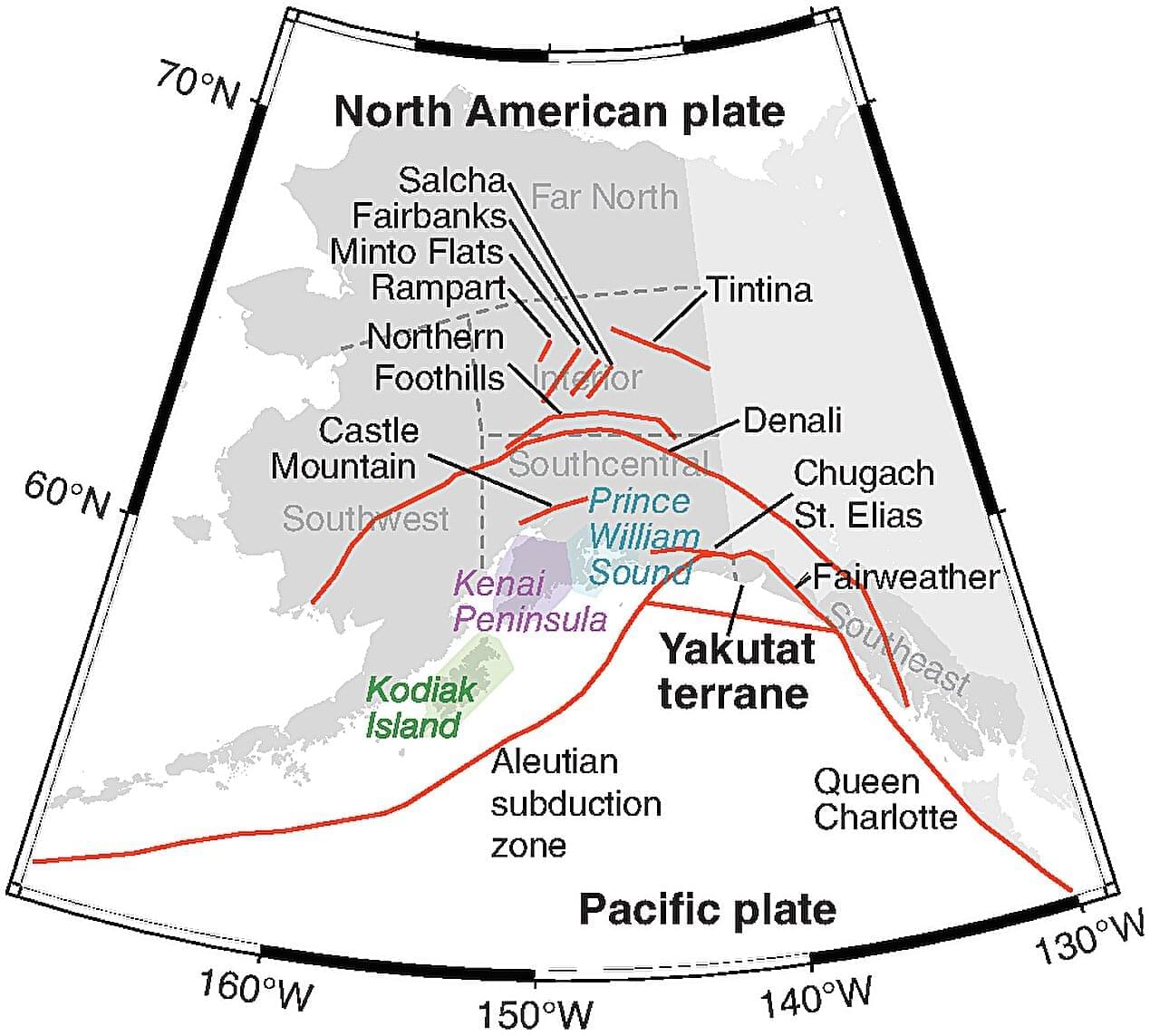Malicious PyPI packages, repo hijacks, and CVEs in Python containers put devs at risk. Learn how to stay secure.



How do you grow 2.5x more strawberries? James Dyson reveals how engineers designed and built a unique way to increase Dyson Farming’s strawberry output.
Strawberries available in the UK from:
@Ocado
@marksandspencer
@sainsburys
Discover more about Dyson Farming:
dysonfarming.com.
#Dyson #InsideDyson #DysonFarming



For nearly 60 years, the dream of flying cars that many Baby Boomers grew up on while watching TV’s George Jetson jet around the skyways has remained unfulfilled.
But the dream is still alive. A dozen startups around the world are developing VTOLs (“vertical takeoff and landing”) – the technical term for flying cars.
One of the most intriguing of those companies is right here in Israel. Yavneh-based Urban Aeronautics is developing CityHawk to be an eventual “Uber of the air.”


For a wide variety of earthquake scenarios in Alaska, an earthquake early warning (EEW) system could provide at least 10 seconds of warning time for hazardous shaking, according to a new report.
Increasing the density and improving the spacing of seismic stations around the state could add 5 to 15 seconds to these estimated warning times, write Alexander Fozkos and Michael West at the University of Alaska Fairbanks. Alaska experiences tens of thousands of earthquakes each year, and has been the site of some of the world’s largest and most destructive seismic events.
The study’s findings, published in the Bulletin of the Seismological Society of America, could help lay the groundwork for the expansion of the U.S. ShakeAlert earthquake early warning system, which now covers California, Oregon and Washington state.

The use of disclaimer labels on digitally enhanced portraits could have unintended social consequences for their subjects, according to a study by a team of McGill researchers.
Researchers at the Laboratory for Attention and Social Cognition used beauty filters on a common social media application to gradually edit a total of 300 images of 60 women (from 0% to 100%, 25% at a time). They randomly labeled half of the images as “edited” and the other half as “unedited,” regardless of their level of editing.
A sample of 76 undergraduate students then reviewed the images. The participants were asked to rate the individual’s attractiveness, but also to imagine the person’s social life and some of their social qualities.
